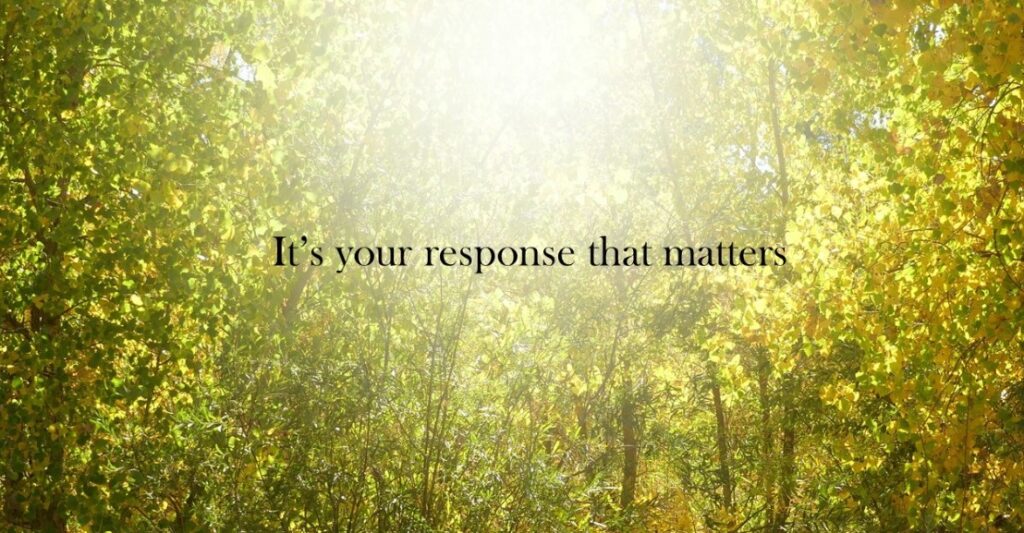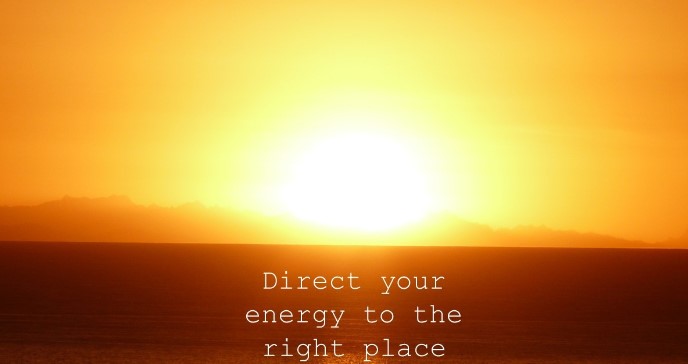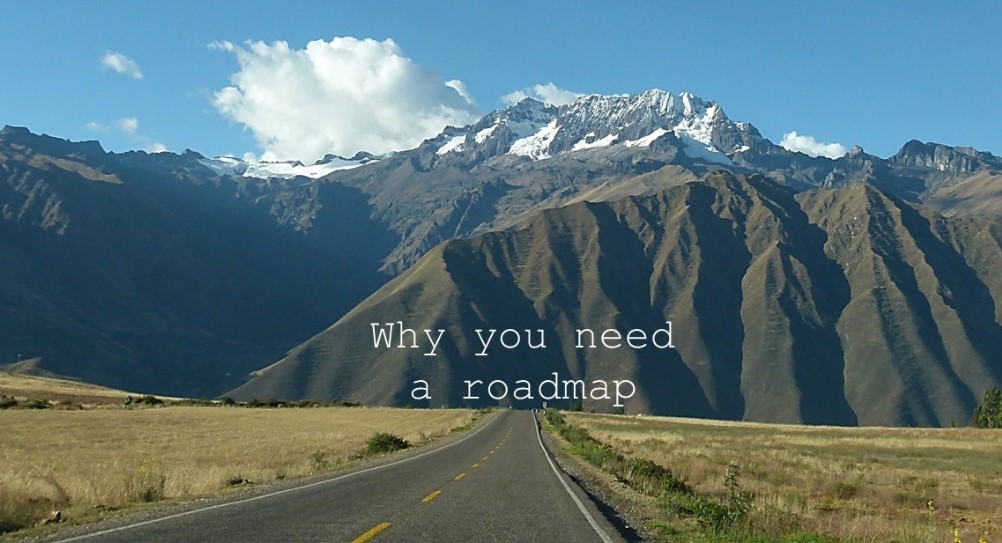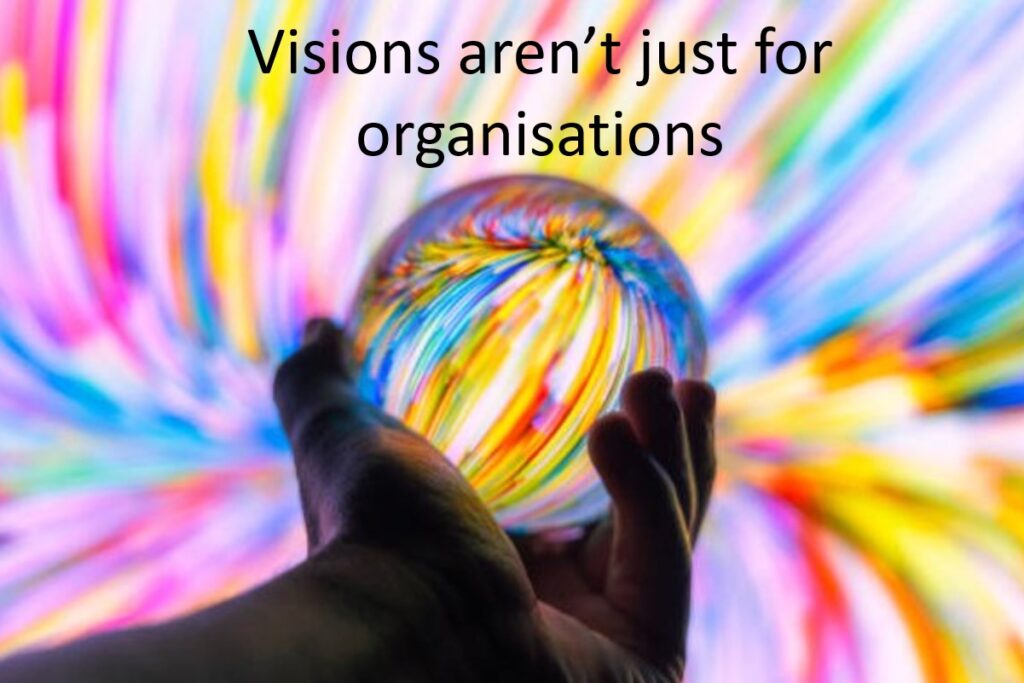
There’s no denying that throughout life, stuff happens. Events happen and they aren’t always what we label as ‘good’. The company we work for restructures and we lose our job. We become ill. Our spouse leaves. Someone we love passes away. The economy takes a dive. A global pandemic strikes. These things happen. And they will continue to happen.
Isn’t it interesting how we equate these events with the results we see in our lives?
We look at life and say: Event = Outcome
But there is a measure that is missing from that equation. Response.
As Jack Canfield, the renowned author, speaker and trainer puts it:
Event + Response = Outcome
Viewing an event as the only driver that determines outcome is playing into a victim scenario. This is the space where we find pain dwellers. Those are the people who seem to constantly play the victim of circumstance. Everything is someone or something else’s fault. The economy. The family they were born into. This illness that’s befallen them. The cheating partner. It’s the boss who won’t give them a pay rise.
You know, it’s very convenient to blame someone else and whilst we sit in that blame space, we do nothing. We make no progress. We take no control whatsoever. And the longer we stay in that space, the longer we leave control of our life results in someone else’s hands or in the hands of some random external event.
However, if we acknowledge our response as being part of that equation and if we take ownership of our response, then that demonstrates just how much influence we actually do have on the outcomes for our lives.
You’ve heard this before: you may not be able to control what happens to you, but you can certainly control how you respond.
If you’ve fallen into the habit of blaming others for the way your life has turned out, then get curious as to what your response is whenever difficult circumstances arise. Do you join the pain dwellers, leaving it up to others to determine your fate, or do you decide on a different response – one that gives you back some level of control and influences a different outcome?
Perhaps it’s time to start owning your part of the equation.
Event + Response = Outcome
If you’d love to learn more or to get started in creating real change in your life, then join me for my upcoming webinar.
The webinar runs for 60 minutes and provides you with the opportunity to define, design and experience your vision for the life you would love to live.
For more information and to register, visit:




